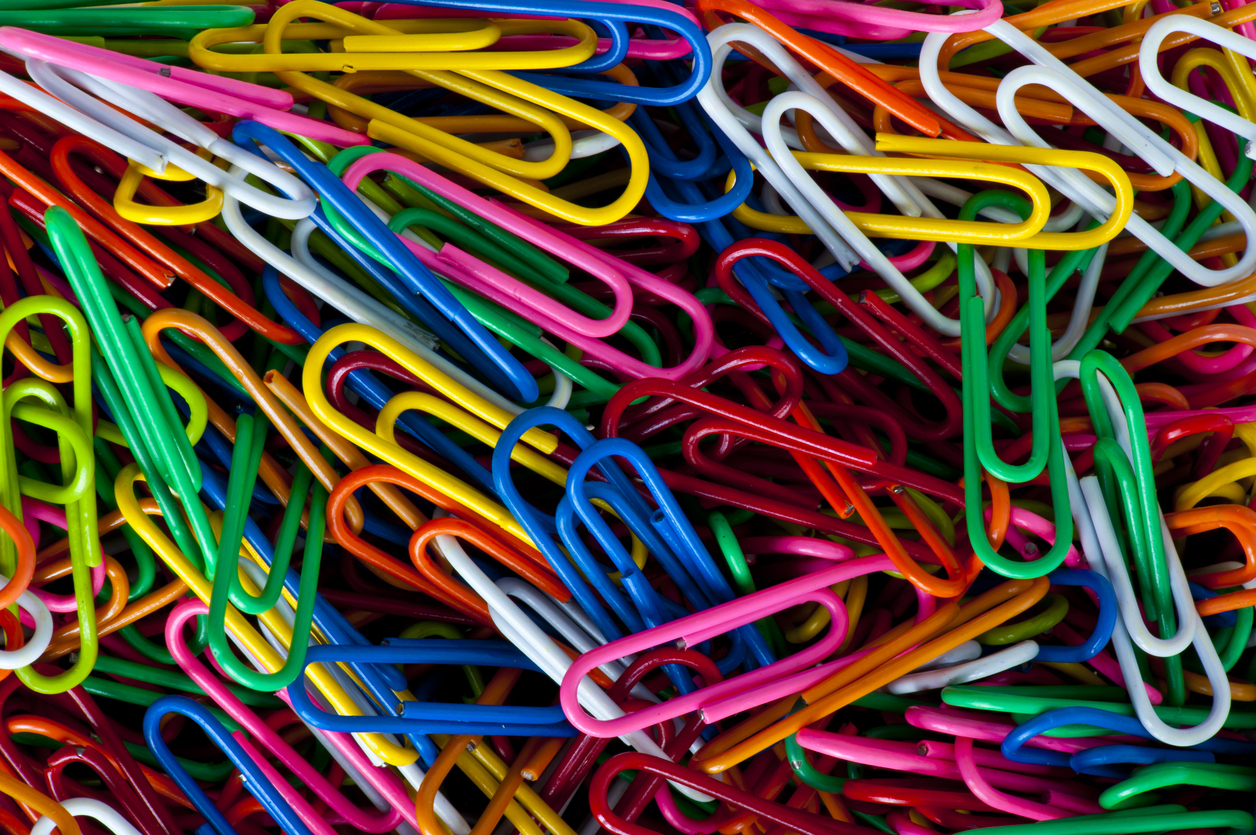We think, we write, we doodle, we discard, we repeat this process over and over again, we present, we listen, we talk, we refine, we make.
So much of what we create never sees the light of day.
We think of solutions, we then bin them or if we think there’s a nugget in there we tell our oppo (in my case, the long-suffering Mr Elwell).
If we agree it has a ‘certain something’, we develop the thinking, discarding and rubbishing each others thoughts constantly in an attempt to achieve something better.
It’s a cruel, aggressive life being a creative, nowhere near as fluffy as those on the outside believe.
Very few other careers involve laying your soul so bare and open to criticism.
You learn early on that 99% of everything you think of won’t come to fruition.
Artists produce mainly for themselves. Often working alone. A big reveal to the world and await the response. Hopefully someone will put a red dot next to the canvas.
The thought of this terrifies me – no feedback until everything is out there. Months of work, love and dedication and then possible rejection.
At least we get the rejection out the way at scribble stage.
Musicians, writers and poets create draft after draft but never really ask for feedback until close to being fully formed. Then publishers, engineers, agents and producers help develop without really trashing.
In the constant strive to achieve better you have to be prepared to destroy your own thinking or have it ripped up and torn to shreds before your very eyes.
Every single day.
And we do this for fun. We love exploring varying avenues full of ideas. Seeing where things will lead.
A million years ago, we had a good education.
Two lecturers (Steve Dixon and Dave Bullers) ran the course we were on like a creative department – with them as joint CDs.
Always pushing to think beyond the first thoughts, the obvious.
They were ruthless in their criticism.
Dare to disagree? Fine, get yourself off to see an agency and wait for the onslaught there.
We quickly came to trust their judgement.
It worked, we learned the hard way that to survive in this industry you not only had to have a thick skin but also how to heal fast and come back stronger.
No arms around the shoulder telling us everything was going to be okay.
It was either rubbish or something that could be developed.
Start again or explore further.
In order for an idea to see the light of day, it must go through:
- I’ve got an idea, do I believe there’s anything in it? Y/N
- I’ll mention it to another creative, do they think it’s any good? Y/N
- Develop it, is it still on track? Y/N
- Show it to more creative minds, do they like it? Y/N
- Present it to the planner, is it correct? Y/N
- Talk it through with the account handlers, is it client friendly? Y/N
- Take it to the client, will they buy it? Y/N
- Have it ‘taken upstairs’ for approval, will it get the thumbs up? Y/N
- Wait as it’s shared with everyone from the cleaner to the Chairman’s daughter. Is it still a goer? Y/N
- Put it into research, will it land? Y/N
- Is it as good as it can be? Y/N
- Make it for real and put it out there for the public – will they buy what we’re selling? Y/N
At least 12 opportunities for every thought to be destroyed.
Millions of ugly and beautiful little thoughts tossed aside – never seeing the light of day.
Only one in every 20,000 paperclips are used to hold paper together.
But do we stop producing them? No, we buy 11 billion every single year. Because we may just need one to do the job.
We keep on returning to the blank page to think, to destroy, to create, to sell. This is the creative way.
